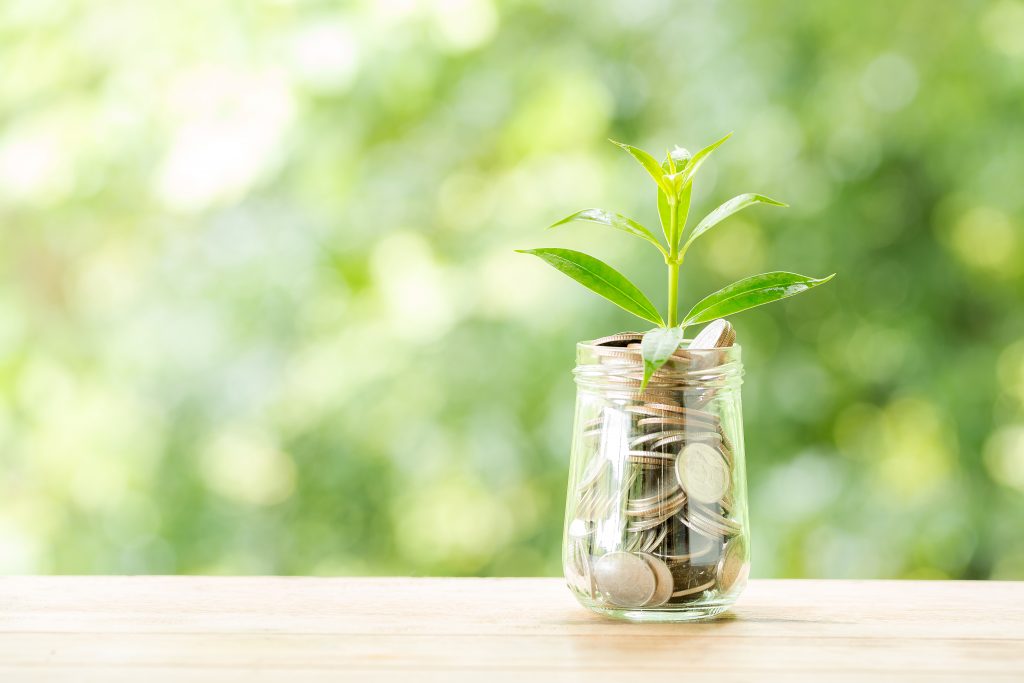Cannabis operators need to protect their bottom line, especially when the industry is experiencing price compression. And legal states are increasingly looking for opportunities to boost energy efficiency among residents and businesses alike. Where that particular Venn diagram overlaps, you’ll find LED and HVAC rebates for cannabis companies.
A number of post-legalization studies show that cannabis cultivation consumes a hefty portion of a state’s total industrial electricity use in a given year. The substantial draw on resources has inspired many legal states to be proactive about incentives they offer to operators in the form of rebates and tax credits. Some states like Massachusetts and California even mandate LEDs as part of larger policy shifts toward sustainability.
Cannabis rebate programs reward operators for converting from power-thirsty HID lights long used for indoor cultivation to longer-lasting, more efficient LED lighting systems. They also incentivize cultivators to transition from traditional heating, cooling and dehumidification technology to newer, integrated HVAC systems. LED and HVAC rebates help offset the up-front cost cannabis growers face during major retrofits or when trying to get a new cultivation facility up and running.
How Much Can I Save With LED and HVAC Cannabis Rebates?
A recent white paper produced in collaboration by Regennabis and Hawthorne notes that 30-50% of capital costs to the grower can be recouped through the average LED incentive offered by utility companies. Roughly $100 million has already been paid out to cannabis cultivators by the electrical utilities where they are operating. With 4,000-plus U.S. indoor cannabis grows per Regennabis-Hawthorne estimates, that would theoretically mean about $25,000 in savings for each facility.
In practice, it amounts to much more for the smaller number of operators choosing to upgrade and apply for their rebates. Some programs like The Energy Trust of Oregon provide cash incentives up to $250,000 a year per site for cannabis growers to install efficient dehumidifiers and / or lighting systems and are applicable to indoor as well as outdoor and greenhouse cultivation facilities.
How Do HVAC and LED Rebates Work?
How savings are formulated for HVAC and LED rebates varies widely by state. Some are limited to certain types of equipment that work best in that state’s unique climate or are aligned with specific regulations. New Mexico’s Sustainable Building Tax Credit program, for example, favors “certain air source and ground source heat-pumps, heat pump water heaters” while Vermont’s Cannabis Control Board mandates that lights feature “a minimum 1.9 Photosynthetic Photon Efficacy (PPE).”
Some state utility providers require applicants to do a fair amount of math. In Washington, for example, the Snohomish County PUD offers owners and operators of indoor grow facilities 20¢/kWh incentives on LED light upgrades, 30¢/kWh toward HVAC equipment upgrades, and 12¢/kWh toward non-horticultural LED lighting upgrades, like those used in grow common areas and ancillary spaces. Puget Sound Energy offers 15¢/kWh of annual energy savings on horticultural lighting (up to 70% of the full cost of installation for retrofits and 100% for new builds).
As you can see, the specifics of rebate and tax credit programs can vary widely and it’s important to read the fine print before applying. Many rebates are just that—a sum that arrives only after your company has ordered, paid for and installed the eligible equipment. Ensuring you have the capital to span the gap between paying for a new commercial air conditioner and receiving your rebate is crucial.
Knowing when to apply for an incentive program in relation to when you make your purchase, and when each of those actions should take place within your larger buildout process is as important as finessing your budget. Some rebates require pre-application before you spend a cent on equipment. Others come in the form of a tax credit you don’t receive until filing on the previous year’s expenditures.
It’s ok if you are on the fence between an older style HVAC system or lighting apparatus and concerned about the increased upfront costs for new technologies. It’s important to take the time to calculate the potential rebates that go along with the newer equipment. Taking that extra step may end up making that decision a lot simpler than you expected, especially when you consider the operational savings over the first year or two.
This is why it can be beneficial to work with facility design experts who are deeply familiar with the rebate programs available in different legal states and their unique application parameters. Whether you’re working on a new build or a retrofit of an existing cannabis cultivation facility, Next Big Crop specialists who are familiar with LED and HVAC rebates can seamlessly fit those applications into your overall project timeline and ensure you have secured every dollar available.
Ready to talk about how your cannabis cultivation operation can benefit from LED and HVAC rebates? Give us a shout and we would be happy to discuss your project.
